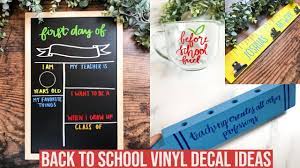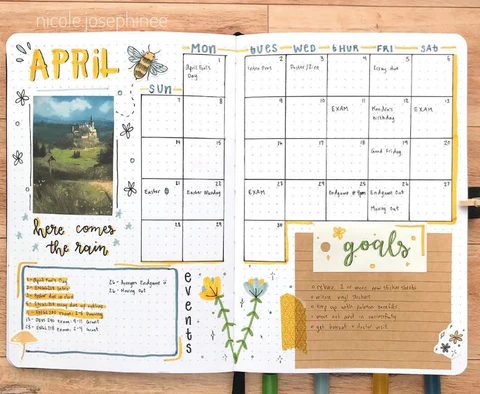
E-learning, also known as distance learning, has replaced the traditional classroom for the foreseeable future. Studies have shown that children are dealing with prolonged feelings of distress and anxiety as a result.
So how can we make at-home learning fun, you ask? The answer: COLORING!
The benefits of coloring are profound for people of all ages, and it gives us a break from staring at a screen. In preschoolers and elementary students, coloring helps to develop their fine motor skills, hand/eye coordination, and color awareness, and it also improves focus. For older students and adults, coloring can provide an outlet for self-expression and is therapeutic in times of high stress. Throw in an educational element, and we’ve got ourselves a healthy and engaging way to learn.
We’ve compiled a list of creative distance learning activities that can help both parents and teachers infuse some fun into the at-home classroom.
MATH: Color by Numbers
Color-by-number activities are a great way to add some flare to learning the subject most students find challenging and boring.
What you’ll need:
Worksheets can be easily found online, and this concept can be adapted to various grade levels, whether you’re teaching addition and subtraction or order of operations! Even better, these printables allow students to self-guide their learning. If their answer is incorrect, they simply won’t find it on the coloring worksheet. In the end, you’ll have a beautiful piece of artwork, and no one will ever know it’s math! Don’t worry. We promise we won’t tell.

Source: Cognitive Cardio Math
HISTORY: 3D Modeling Coloring Projects
3D paper models are a wonderful visual teaching tool. Students can write formal reports based on their chosen topic and showcase their 3D creations in their virtual classroom presentations. With a vast array of research topics available, such as Native American History and Ancient Civilizations, the possibilities are endless.
What you’ll need:
Many free printable templates are available to download off the internet with folding directions to teach kids how to assemble a 3D structure. We humbly suggest our Acrylic Paint Markers for beautiful opaque colors with a paint-like finish for all your coloring needs.
No printer, no problem! You can just as easily create your models from scratch with simple materials such as white cardboard. Below is an example of how you can design your very own cardboard pyramid with a 3D paper sarcophagus in the center. The key is to get the creativity flowing.


Source: First Palette (left), Claire Gallinagh (right)
SCIENCE: Periodic Table Game
What’s more engaging than turning a lesson into a game? Again, this can work with just about any topic, but we’ll illustrate our point with this Periodic Table Game. It’s perfect for students in Grades 4 and up.
What you’ll need:

Source: Ellen McHenry’s Basement Workshop
The objective of the game is to learn about the arrangement of the elements on the Periodic Table as well as their properties. As they play, students will pick up on certain patterns, which will solidify their overall understanding of the concept. It’s another great way to encourage self-directed remote learning when a teacher isn’t readily available.
How to play: The game board is essentially one giant periodic table. Go figure! Visit Ellen McHenry’s website to download the game instructions and printable template. If you are so inclined to make your game board from scratch, we suggest using a thick white cardstock board for more durability. Sketch the periodic table using a pencil and ruler, and color in the element groupings. Our Watercolor Brush Pens will work wonderfully for this, as they’ll provide a nice wash of color without masking the element symbols.
Ellen provides a useful “cheat sheet” with information about each element’s origins. Students will need to study this information in order to play. Players use dice to move across the board, following the atomic numbers. They gain or lose “money” according to each element’s positive and negative valency number. Extra “money” can be earned for landing on particular elements such as gases and liquids or being able to tell who the element is named after. The game is over when someone reaches the end, but the player with the most cash wins.
Of course, this is just one example. We encourage kids to create their own board games tailored to what they are learning in school.
LITERATURE UNITS: Flip Book Animations
Ah, the age-old school project: the book report. As kids, we remember these were THE project that just seemed to ruin Christmas break. Reading through the holidays was never as fun as building snow forts with friends or drinking cocoa by the fire. Well, dread no more, my friends. A fun way to spice up a book report presentation is to animate it.
What you’ll need:

Source: Shout Me Habib
Flipbooks are awesome because this engaging format easily sparks interest in students. Each page is a hidden surprise and can’t be seen until the student starts flipping through the book.
Andymation, the king of flipbooks, has an easy-to-follow YouTube tutorial to show you how to get started. He illustrates how easy it is to create your own flipbook by showing three examples. Our favorite is the stick figure UFO abduction!

Source: Andymation
The key to a successful animation is to pay attention to how objects change shape as they move across the page. This creates a more realistic animation.
We hope you’ve found these distance learning activities helpful and will give them a try. Let’s teach our young ones to enjoy the process of learning at home. Happy coloring!


